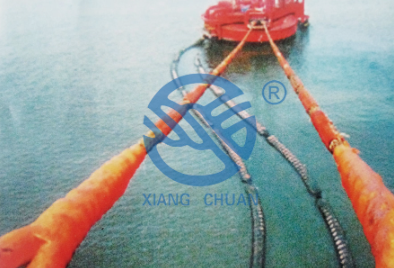we are industry

The hardness and softness of a boat rope are important indicators of its quality and performance. Under different usage scenarios and needs, differences in hardness and softness can affect the use effect and safety of the rope.
First of all, the hardness of a boat rope usually refers to its surface hardness and overall hardness. The hardness of the surface mainly depends on the material and processing technology used in the rope. Common materials for marine 3 strand Polypropylene Rope include natural fibers, synthetic fibers and metals, and the hardness of these materials varies greatly. Natural fibers such as linen and cotton fibers are soft, while synthetic fibers such as nylon and polyester are relatively hard. Metal materials such as steel wire 3 strand PP ROPE have higher hardness and strength. In addition, different processing techniques such as twisting, braiding, coating, etc. will also affect the hardness of the rope.
During use, the increase in surface hardness can improve the wear and cut resistance of the rope. For example, during ship mooring and towing, 8 Strand Polypropylene Rope often need to be in direct contact with objects such as hulls and piles. Increased surface hardness can reduce friction and wear between ropes and objects. The increase in overall hardness can improve the tensile strength and stability of the rope, enhance its load-bearing capacity and service life.
However, ropes that are too stiff can also cause problems. First of all, excessively hard ropes are prone to cutting and abrasion problems, causing damage to ships and equipment. Secondly, excessively stiff ropes have poor flexibility and elasticity and are prone to tension concentration and impact loads, leading to an increased risk of rope breakage and failure. In addition, strong ropes are not conducive to portability and storage, adding to the inconvenience of use.
In contrast to hardness, the softness of a rope mainly refers to the smoothness of its surface and overall flexibility. The smoothness of the surface has an important impact on the wear resistance and navigation performance of the rope. A good smooth surface can reduce the friction and erosion of the rope by external factors (such as water, sediment, etc.) and extend the service life of the rope. The overall flexibility determines the flexibility and bendability of the rope. Soft ropes can better adapt to complex use environments and curve shapes, reduce the concentration of stress points, and improve the use effect and safety of the rope.
Similar to hardness, ropes that are too soft can also cause some problems. First of all, a rope that is too soft can easily get stuck or wrapped around external objects, making dismantling and rescue more difficult. Secondly, ropes that are too soft are prone to creep and deformation under strong tension and long-term use, causing the rope to lose its original strength and stability. In addition, a rope that is too soft is not conducive to tying and tying, and increases the instability of the operation.
In summary, the hardness and softness of boat ropes have an important impact on their quality and performance. Through reasonable selection of materials and processing techniques, as well as proper use and maintenance of ropes, ropes suitable for different needs and usage scenarios can be obtained.
Address:
No.8 Chengnan road,chengnan industry park,Baoying county,Jiangsu China
Email:
E-mail1:vanzer@xcrope.com Vanzer Tao
E-mail2:sales@xcrope.com Wang Peng
E-mail3:grace@xcrope.com Grace Li
E-mail4:info@xcrope.com David Cheng
Company phone:
+86-514-88253368
Overseas sales department:
+86-514-88302931
Copyright By © Jiangsu Xiangchuan Rope Technology Co., Ltd. | All Rights Reserved